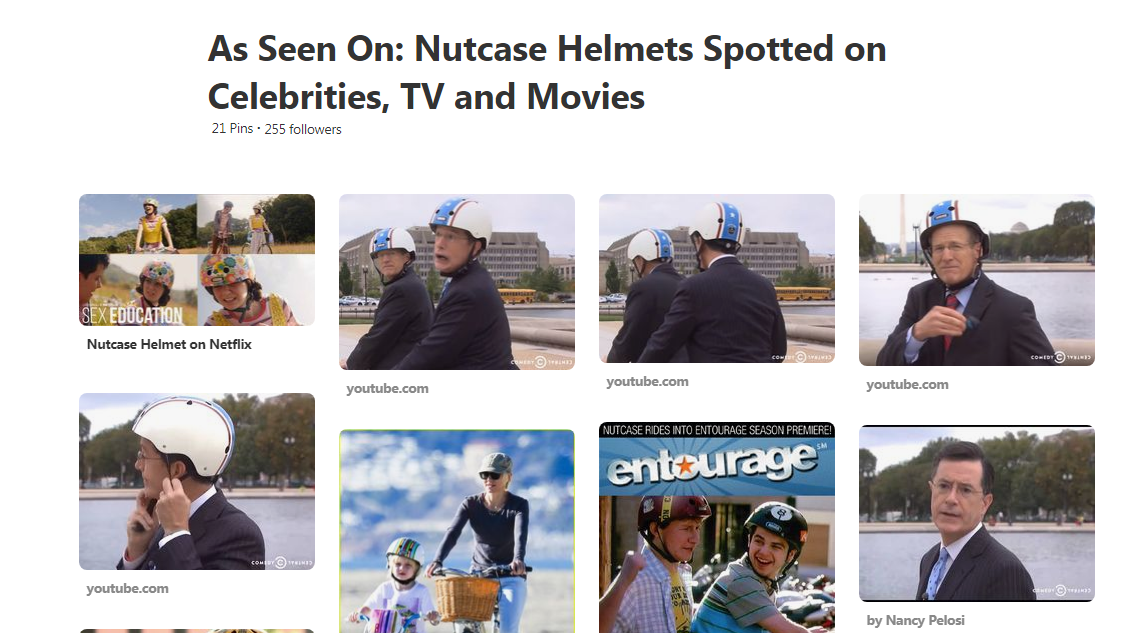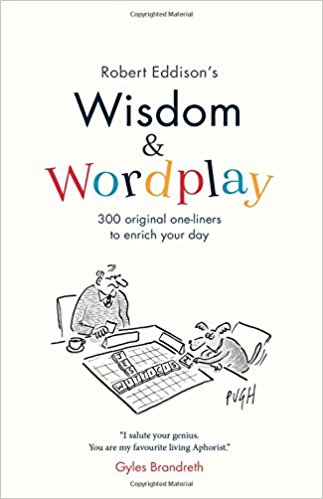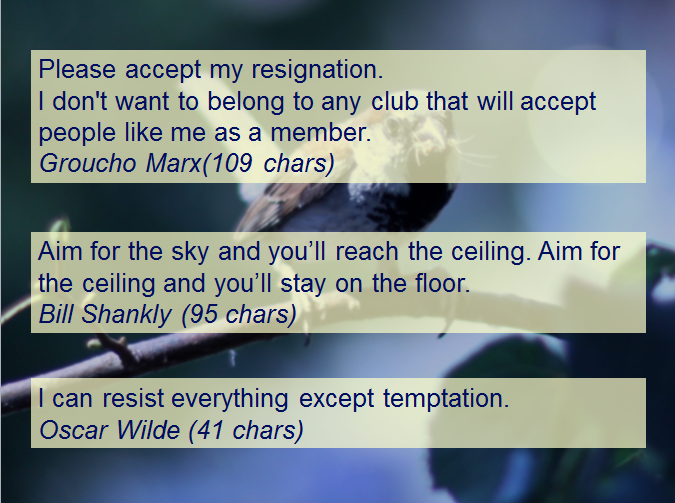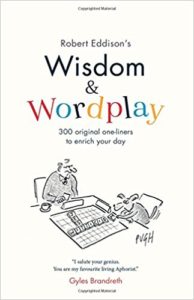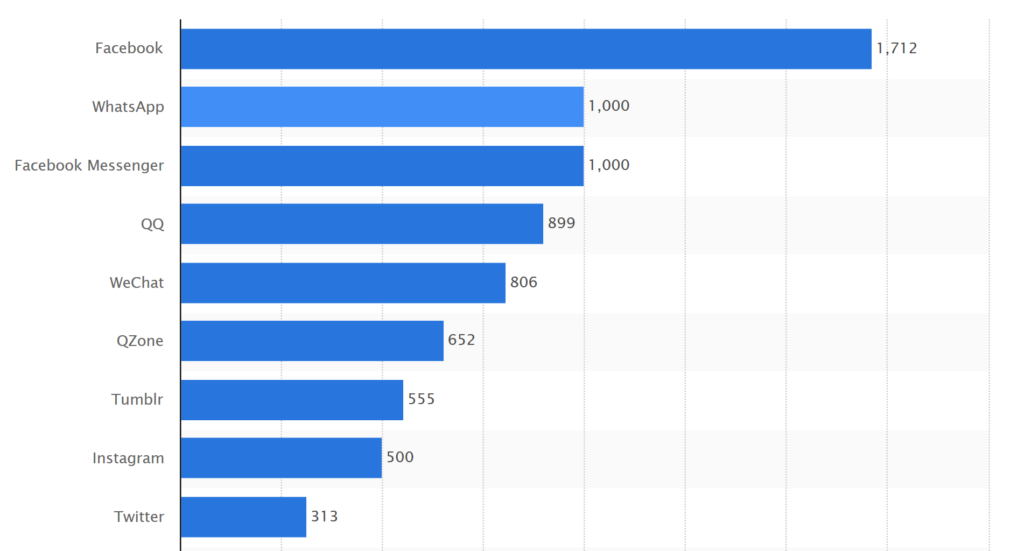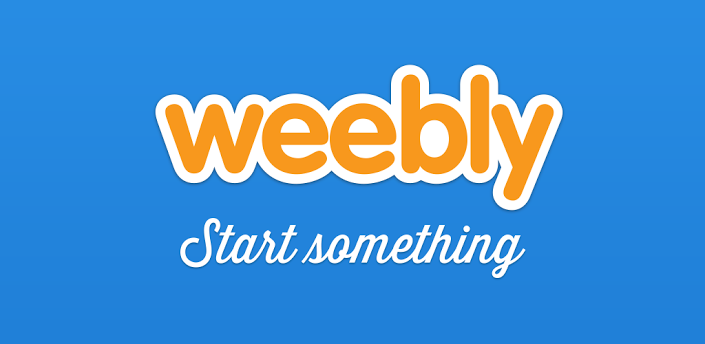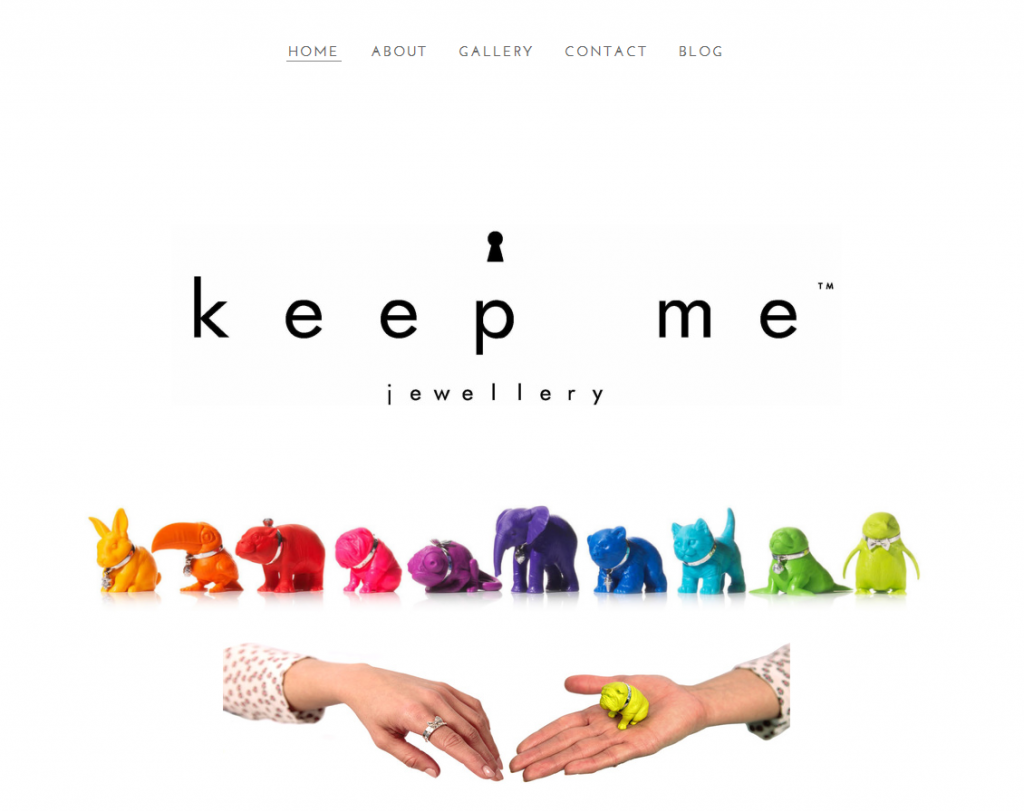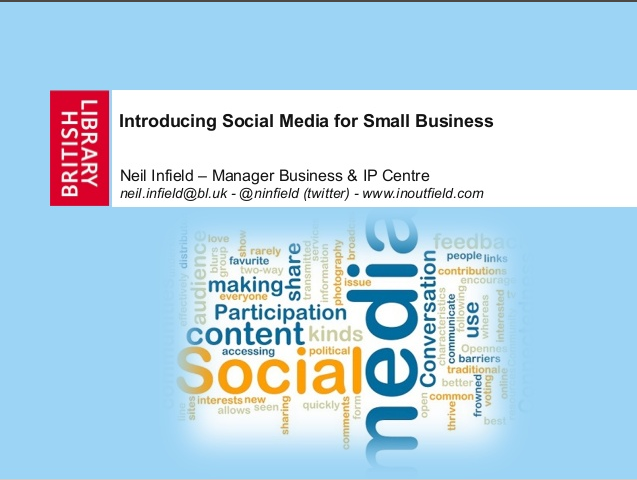I’ve been greatly enjoying the Netflix television series Sex Education recently. It’s a brilliantly funny and rude evocation of the traumas of teenage coming of age.
It is also a very odd mix of English teenagers, who appear to be studying in an American High School, set in the present day, but driving around in cars from the 1970’s. Including the infamous Austin Allegro, allegedly the worst car ever made.
The final episode of the first series is about the main character Otis Milburn trying to let-go of his hangups about sex. In his role as an amateur teenage sex-therapist he advises his client Lily Iglehart, who has similar issues, to ride her bike down a steep field as a way of ‘feeling the fear and doing it anyway’. He ends up he following her down the hill and flies over the handlebars.
But the point of this blog is the perfect product placement that follows. Lily who is something of an eccentric teen with a predilection for writing alien erotica, comforts our hero’s cut head and bruised ego, with her perfectly matched Nutcase crash helmet in full view.
Nutcase have even collated images of their helmets spotted on celebrities, TV and movies on Pinterest.




